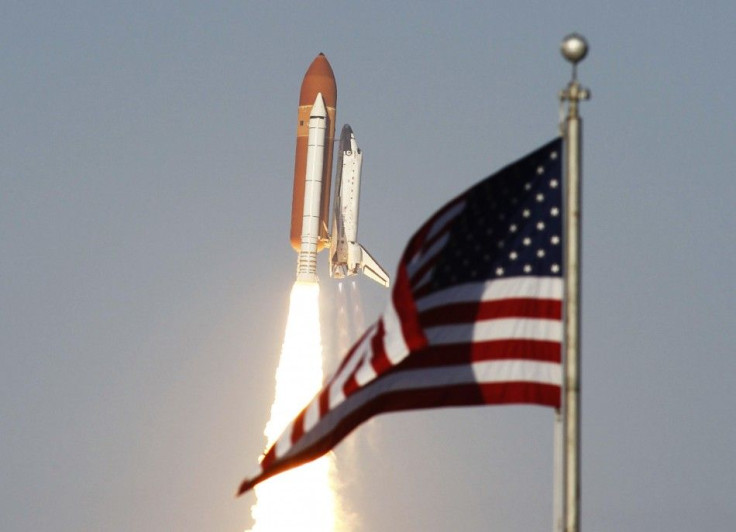Researchers study how boiling is altered in zero-gravity

Researchers are studying how boiling is altered in zero-gravity, the results of which could help design space hardware.
Because boiling works differently in a zero-gravity environment, it is difficult to design hardware that will not overheat or cause other problems, researchers say. Boiling is used on Earth to power turbines and sometimes as a cooling method (boiling liquid carries away heat).
In space, boiling may be required to generate vapor to power turbines in some advanced concepts for power generation, for temperature control aboard spacecraft, and for water purification, says professor Jungho Kim of the A. James Clark School's Department of Mechanical Engineering at the University of Maryland.
When a liquid is boiled on Earth, vapor, which is less dense than liquid, is removed from heated surfaces through buoyancy. In zero-gravity, the buoyancy force becomes negligible and vapor can blanket the heated surfaces rather than moving away, potentially leading the surfaces to a state known as critical heat flux.
Continued heating above this limit for prolonged periods can cause the heater to burn itself out. Determination of the critical heat flux in microgravity is essential for designing cooling systems for space.
Since liquids boil differently in space, an understanding of how these fluids behave can improve the reliability and expand the applications of space exploration hardware, says Kim.
Boiling is relevant to space-based hardware and processes such as heat exchangers, cryogenic fuel storage, and electronic cooling due to the large amounts of heat that can be removed with small increases in the temperature of the heat transfer fluid.
The researchers say boiling of a refrigerant-like fluid (FC-72) will be filmed at high speed and the video sent back to Earth along with the heater data in real-time for analysis.
The experiment, the Microheater Array Boiling Experiment (MABE), launches with the Shuttle Discovery and be placed aboard the International Space Station for operation in the following few months. The experiment has already been tested on NASA's Vomit Comet and the European Space Agency's Parabolic Flight Campaign in France.
© Copyright IBTimes 2025. All rights reserved.





















